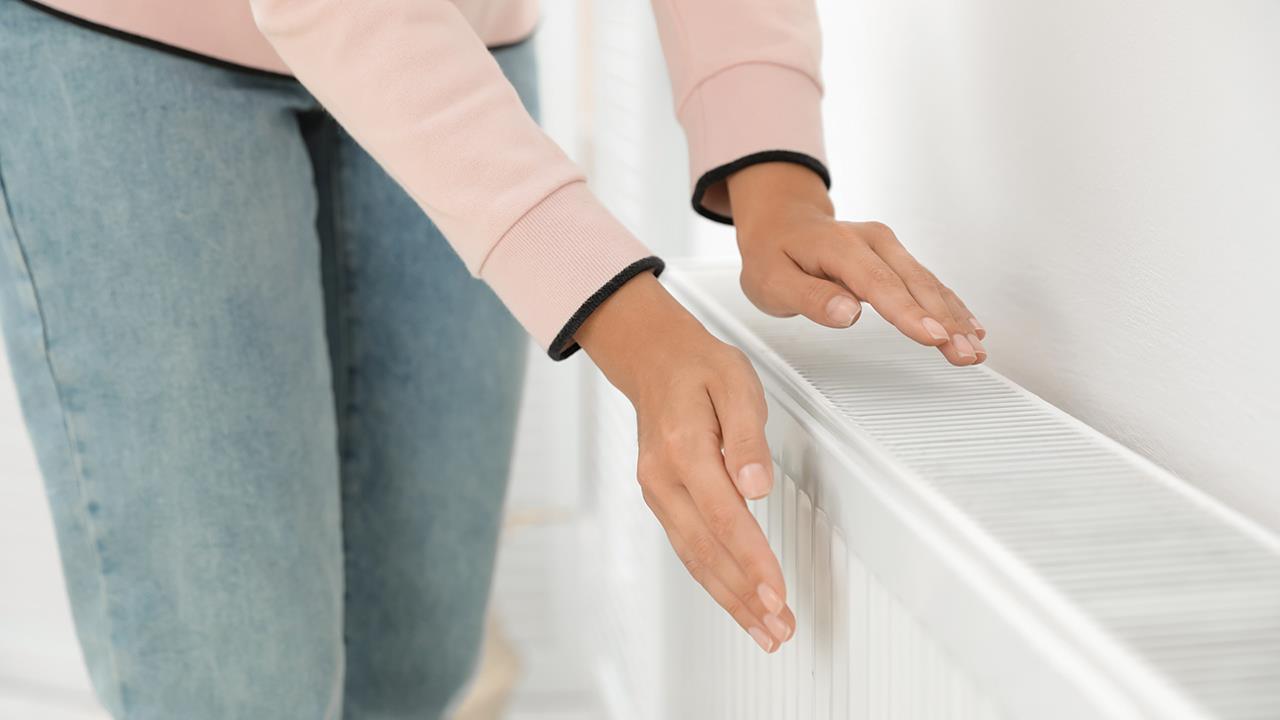

During a cost of living crisis, energy efficiency is key. Installers will be well aware that homeowners are carefully watching their energy bills and are keen to maximise heating efficiency while keeping costs to a minimum. However, in that process radiators are often overlooked and forgotten about. Sitting in rooms and too often blending into the surrounding décor, they become the last thing on many homeowner’s minds.
This is where the role of an installer is crucial. It’s their job to get customers to love their radiators. Whether designer focal points of the room or more basic standardised systems, homeowners need to be aware of the essential role radiators play as part of their wider heating systems.
The following points outline a recipe for radiator success and explains how installers can engage consumers in radiator maintenance while advocating for industry best practice.
Bleeding is good
If you’re carrying out a service at a property, ask the customer if they have bled their radiators, and if they haven’t, offer to do so while you’re on the job. This gives you an opportunity to show them how easy it is to do themselves, and to explain why it is so important to ensure effective functioning of the system. Heating professionals will be well aware that bleeding is a simple job requiring minimal time, but many consumers are daunted by the prospect of doing this alone.
Let the homeowner know that if the radiator feels cold at the top, they may need to bleed the system, and if the radiator is cold at the bottom, they may have a sludge build-up and an engineer will need to flush the system.
If they don’t have thermostatic valves, explain the benefits of having them installed. Many homeowners are unaware of their advantages, which include:
Checking compliance
The concerning growth in misleading product performance figures has led to a rise in the number of low quality, non-conforming radiators being specified and installed. At a time of such uncertainty in the energy market, these non-complaint radiators can lead to unnecessary increases in household bills.
As a result, MARC is warning installers and customers to be wary of any product that is listed as capable of handling flow temperatures above 50°C, with some uncompliant products listing as high as 65°C and above.
There is, however, hope for installers and homeowners in the form of the European standard, EN 442 metric. The EN 442 standard ensures compliance and is a legal requirement, meaning installers now have a clear measure as to the radiator’s performance and can guarantee the safeguarding of the product being installed.
It is important to note that for designer radiators, compliance must be checked against Delta T50 standards to guarantee it.
While it is the role of the buyer to be aware of the EN 442 standard, it is also the role of the installer to act as a consultant, and safeguard customers against installing non-compliant products.
Sizing up or down?
The size of a radiator is a critical factor which affects heat efficiency levels throughout a home. When it comes to using radiators in conjunction with other technologies, such as heat pumps, installers will need to calculate the flow and return temperature. In this case, industry experts are best placed to advise customers on radiators of suitable size, according to individual needs.
A handy tool that installers can turn to when determining the right size for a radiator is the heat loss calculator on the MARC website. This online calculator simply requires a few room measurements and other factors to determine the watts and BTUs required, taking the hard work out of radiator sizing.
Radiator rewards
The recipe for radiator success relies of a combination of steps, all of which involve homeowners and installers working in cooperation. The role of an installer has evolved and will continue to do so amid changing energy and heating landscapes. Despite this, there are steps that homeowners are reluctant to take on their own, such as the bleeding of radiators.
Installers should take the opportunity to share expertise, advocate for best industry practice, and rise to radiator challenges.
If you'd like to keep up-to-date with the latest developments in the heating and plumbing industry, why not subscribe to our weekly newsletters? Just click the button below and you can ensure all the latest industry news and new product information lands in your inbox every week.